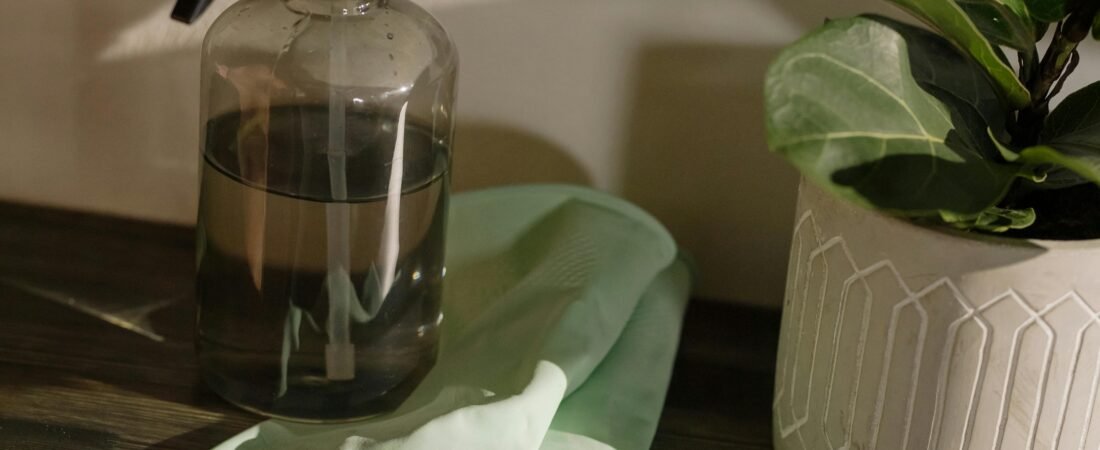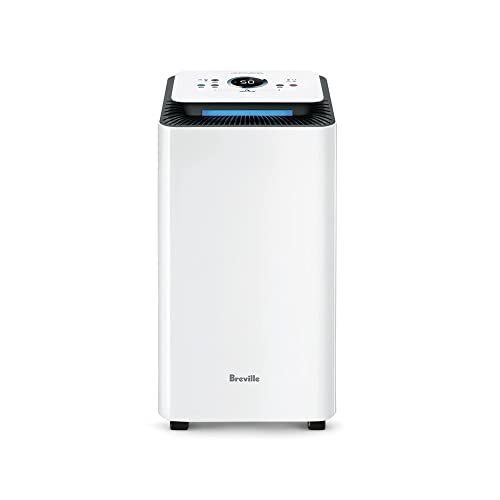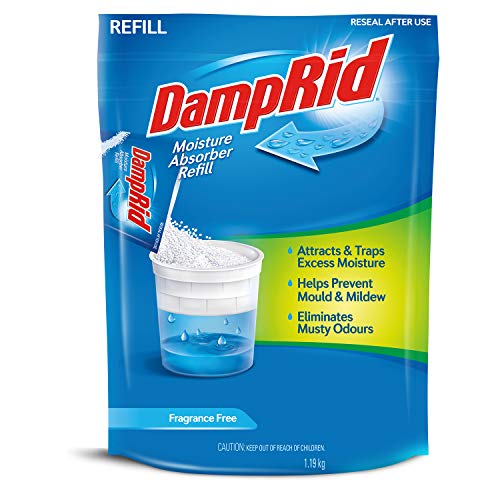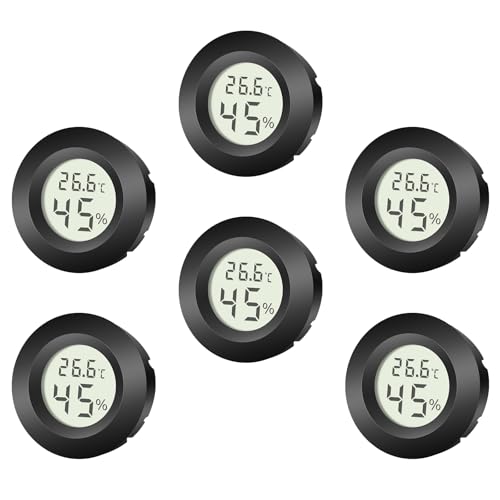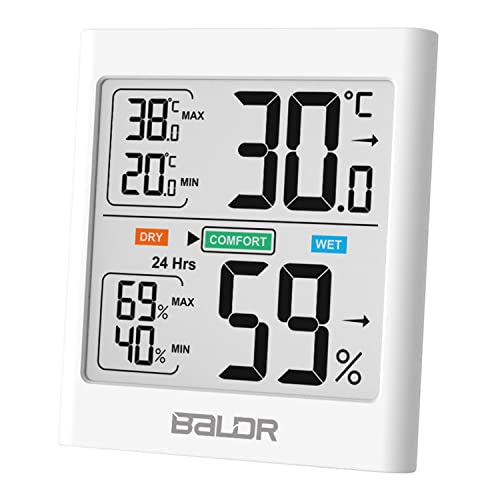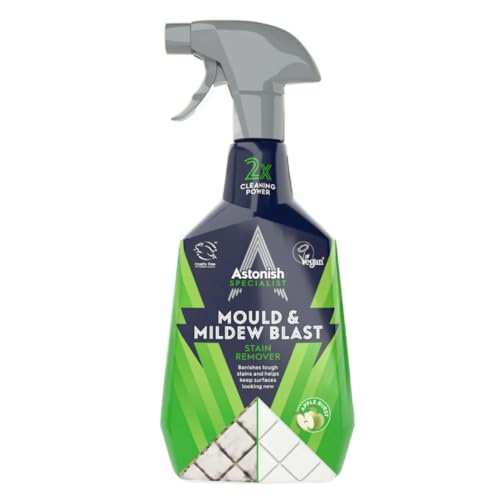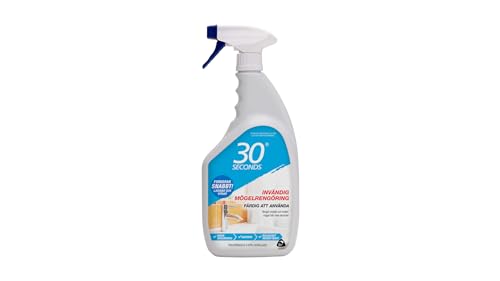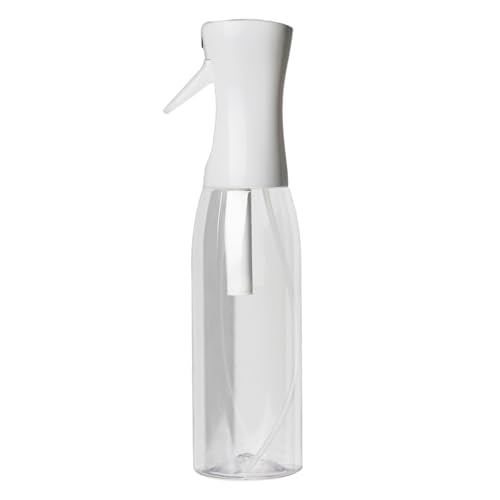*As an Amazon Associate I earn from qualifying purchases on this website*
Mould can creep into even the cleanest homes, especially in damp or poorly ventilated spaces. In August 2025, our home faced a major mould outbreak that left our family sick every few weeks. We were exhausted and overwhelmed, struggling to manage it on our own. Eventually, we brought in a professional cleaning company to give our home a complete reset. Since then, maintaining proper moisture levels has become a top priority.
How Does Mould Grow?
Mould spores are everywhere, but they become a problem when they find the right conditions to grow and spread. To thrive, mould needs three key things: moisture, warmth, and an organic surface such as wood, paper, or dust. The biggest factor, though, is humidity. Once indoor humidity rises above 60%, moisture lingers on surfaces and in the air, creating the perfect breeding ground for mould. That’s why controlling humidity in your home is essential for keeping mould at bay.
Top 5 Products to Help Control Mould in Your Home
Here are five effective products that can help keep your home dry, clean, and mould-free.
1. Electric Dehumidifier
An electric dehumidifier is one of the most effective tools for tackling mould. It works by pulling excess moisture from the air and collecting it in a removable tank. While electric dehumidifiers are typically the most expensive option on this list, they’re often essential if your home retains moisture or has poor ventilation.
Dehumidifiers come in different sizes, usually rated by the area they can cover in square metres. When choosing one, look for a model with adjustable humidity control so you can maintain the ideal indoor range of 40–50%. For added convenience, consider a smart dehumidifier that connects to your phone, allowing you to monitor humidity levels and control the device away from home.
In our home, humidity levels were sitting between 60% and 80% in most rooms due to poor ventilation, so we invested in the Breville Smart Dry Plus Connect Dehumidifier. It’s the larger model in the range, suitable for rooms up to 50m², and has a built-in air purifier with its dehumidifying function. It connected easily to the Breville Connect app and has worked brilliantly since we set it up. Our home now sits comfortably between 40% and 50% humidity, and even if levels rise, they drop back down within a few hours of running the dehumidifier.
2. Cupboard Dehumidifiers
Small disposable or refillable cupboard dehumidifiers (often called moisture absorbers or damp traps) are perfect for confined spaces such as wardrobes, kitchen cupboards, or under-sink areas. These handy devices contain moisture-absorbing crystals that draw dampness from the air and trap it in a container, helping to prevent mould from forming on clothing, shoes, and stored items. I used to think that placing several of these around my home would help control humidity in open spaces, but in reality, they’re only effective in small, enclosed areas like the ones mentioned above.
Over time, I’ve tried many brands and sizes of cupboard dehumidifiers, and DampRid has definitely stood out as the best. Their products are refillable, affordable, and last noticeably longer than most cheaper alternatives.
3. Hygrometer (Humidity Monitor)
A hygrometer is a small but powerful tool that measures the humidity levels in your home. Knowing your indoor humidity is the first step toward keeping it under control. Digital hygrometers display the current humidity percentage and temperature, helping you spot problem areas before mould has a chance to grow. While many electric dehumidifiers show the humidity level of the room they’re in, I’ve found that placing a small hygrometer in each room makes it easier to check levels at a glance. This way, I can quickly see which areas need attention and decide where to run the dehumidifier next.
4. Mould Cleaner Spray
Once mould appears, a good-quality mould cleaner spray is essential for removing it safely and effectively. Look for one specifically formulated for household or bathroom mould, and always follow the directions on the label. You can also make your own natural cleaner using a mix of white vinegar and tea tree oil. While this combination is effective at killing mould, I’ve found it doesn’t always remove stains from walls or other surfaces. Here are a few sprays I’ve personally found particularly helpful for tackling stubborn mould spots.
5. Wall Mops
Mould often appears in hard-to-reach areas, especially on ceilings and upper walls. A long extending pole mop makes it easy to clean these spots safely without needing to climb on furniture or ladders. While you can get away with using a cloth and a bit of balance, having a proper pole mop makes the job faster, safer, and much less tiring. From experience, it’s worth investing in a good-quality mop. Cheaper ones tend to snap or lose their grip under the pressure of scrubbing mould from walls. These are a few of my favourites that have held up really well over time.
Final Thoughts
One thing I’ve learned is that keeping mould at bay comes down to moisture control and regular maintenance. By keeping an eye on your home’s humidity and using the right tools, such as dehumidifiers, hygrometers, and effective cleaning products, you can stop mould before it starts and maintain a fresher, healthier living environment. If you’re currently dealing with mould in your home, try using these strategies to get it under control and keep your space healthy and comfortable.


